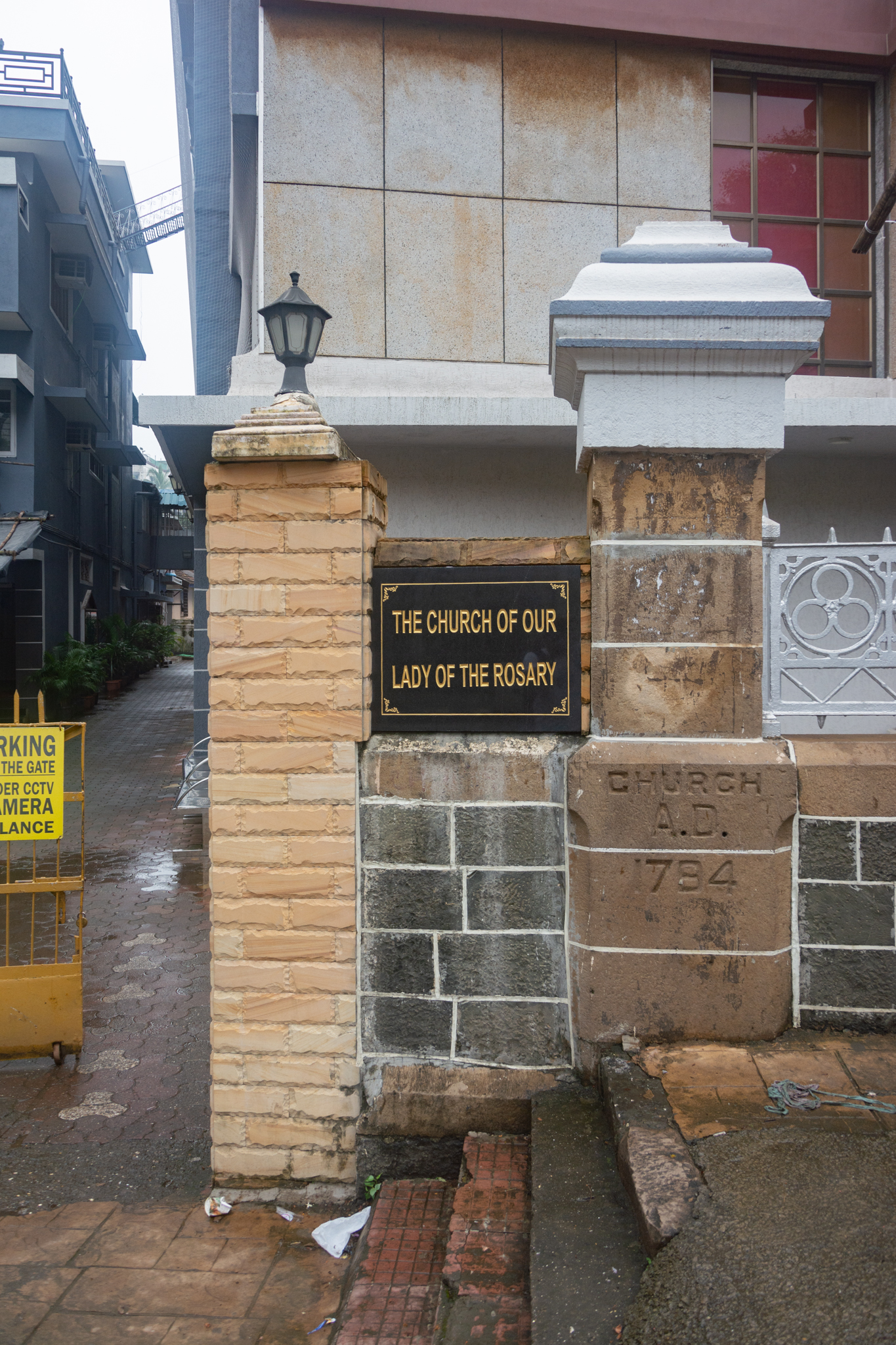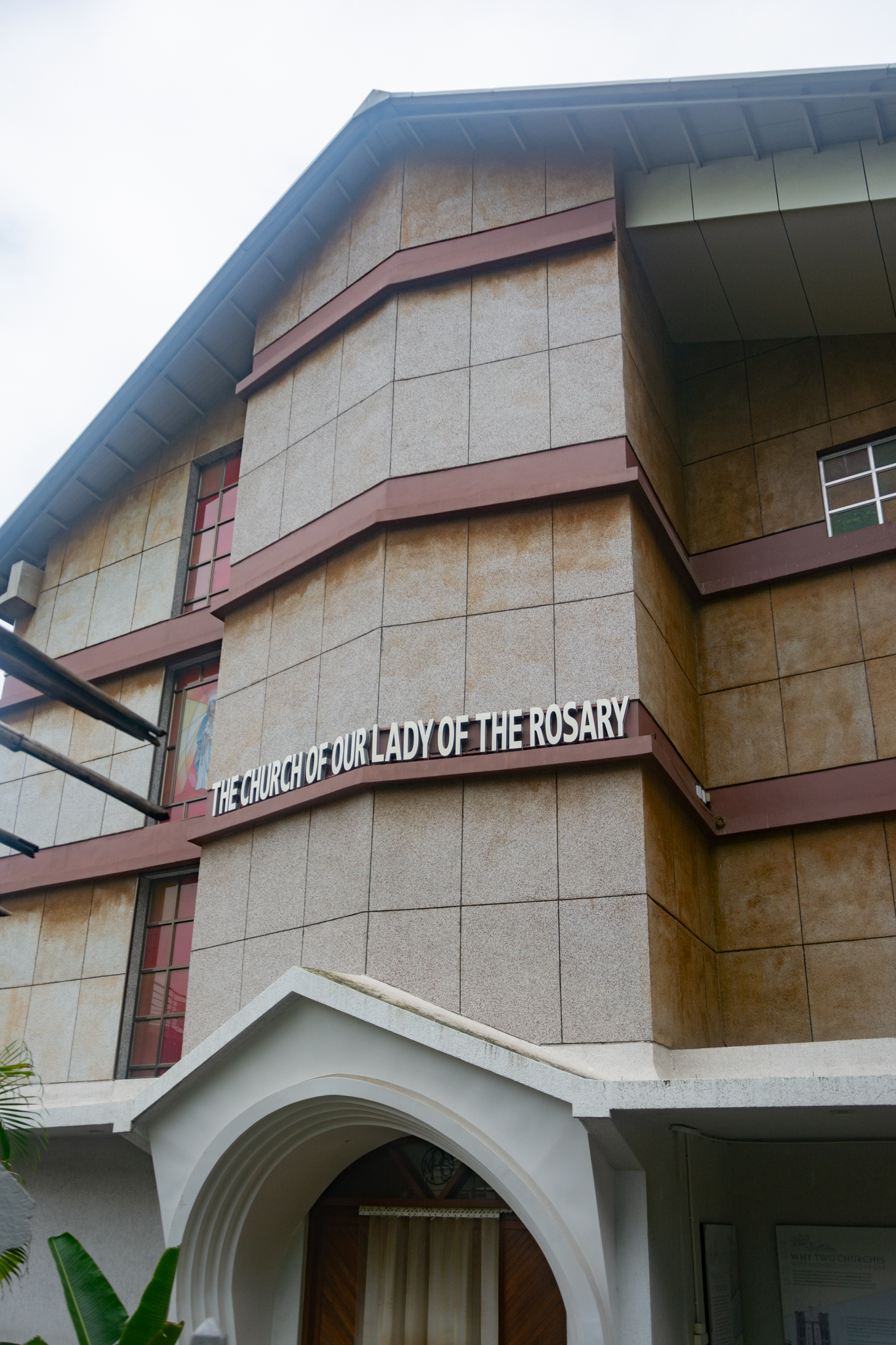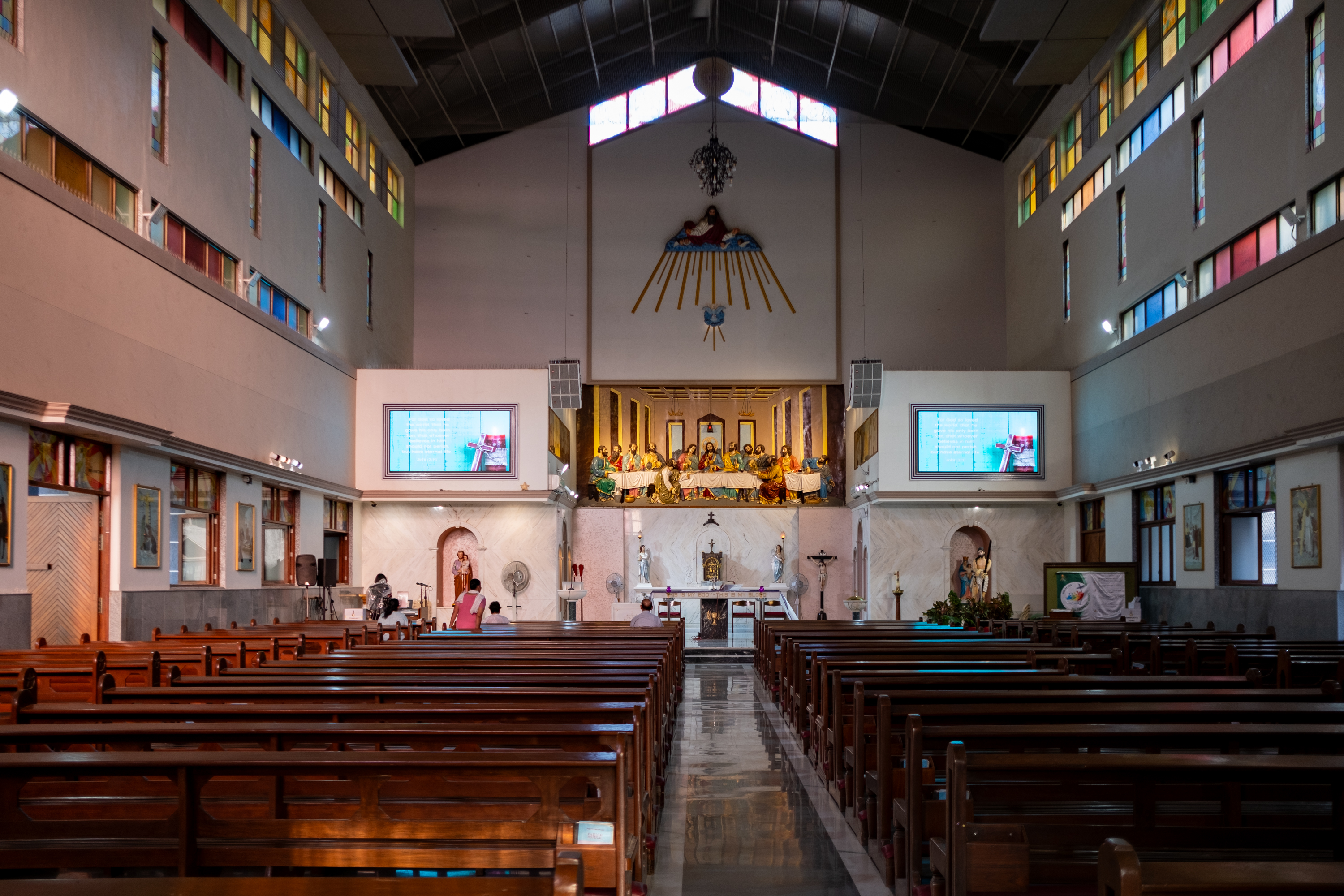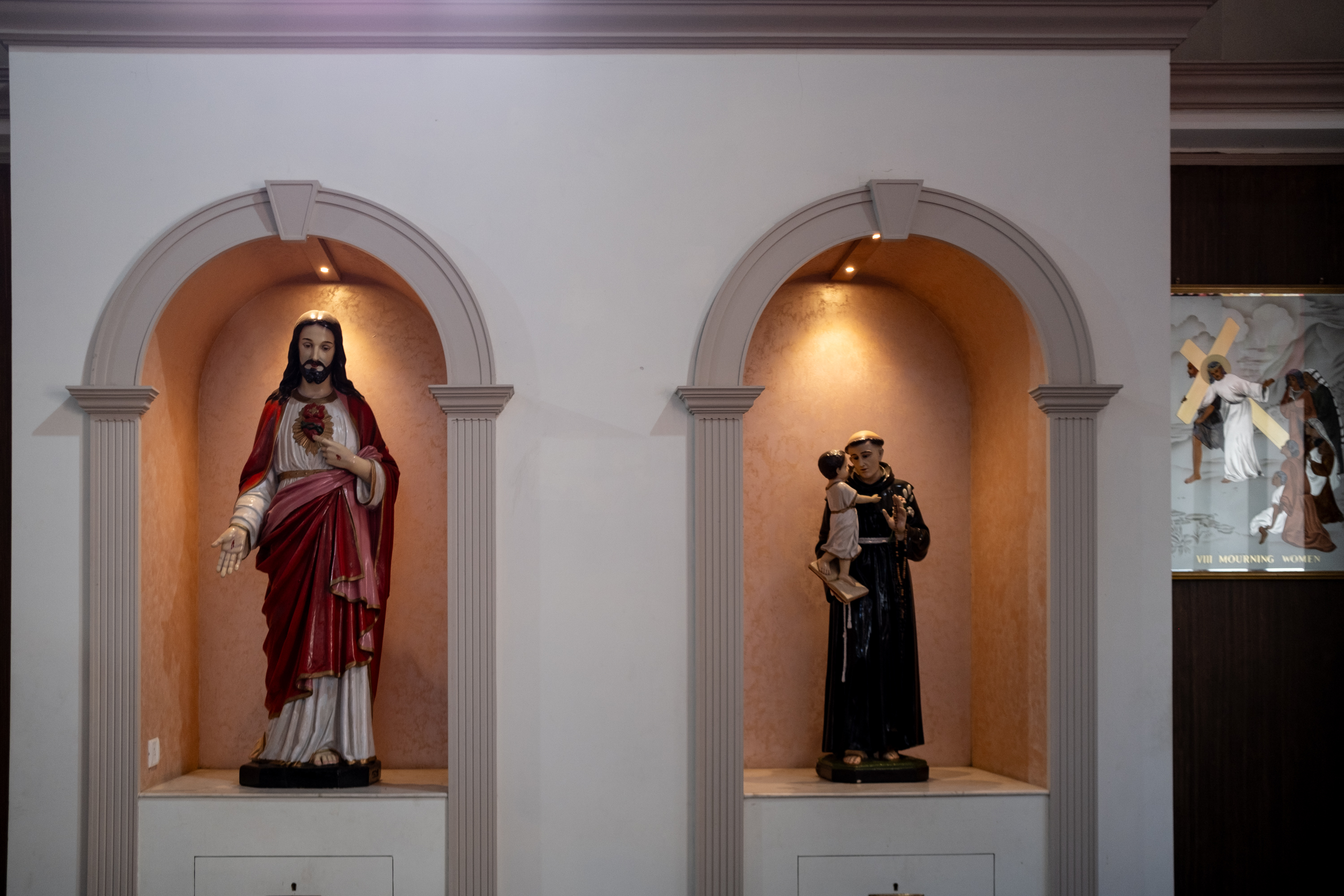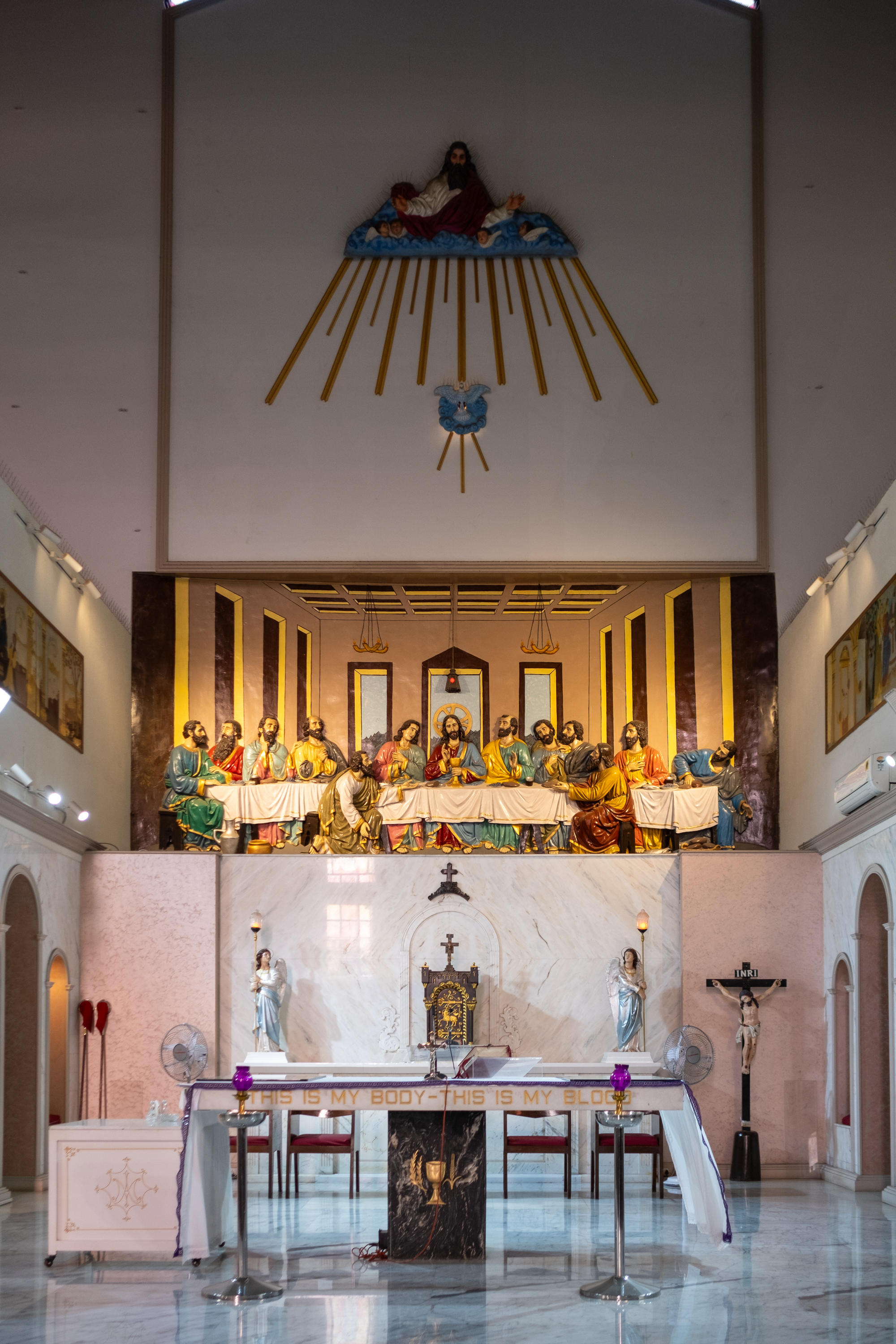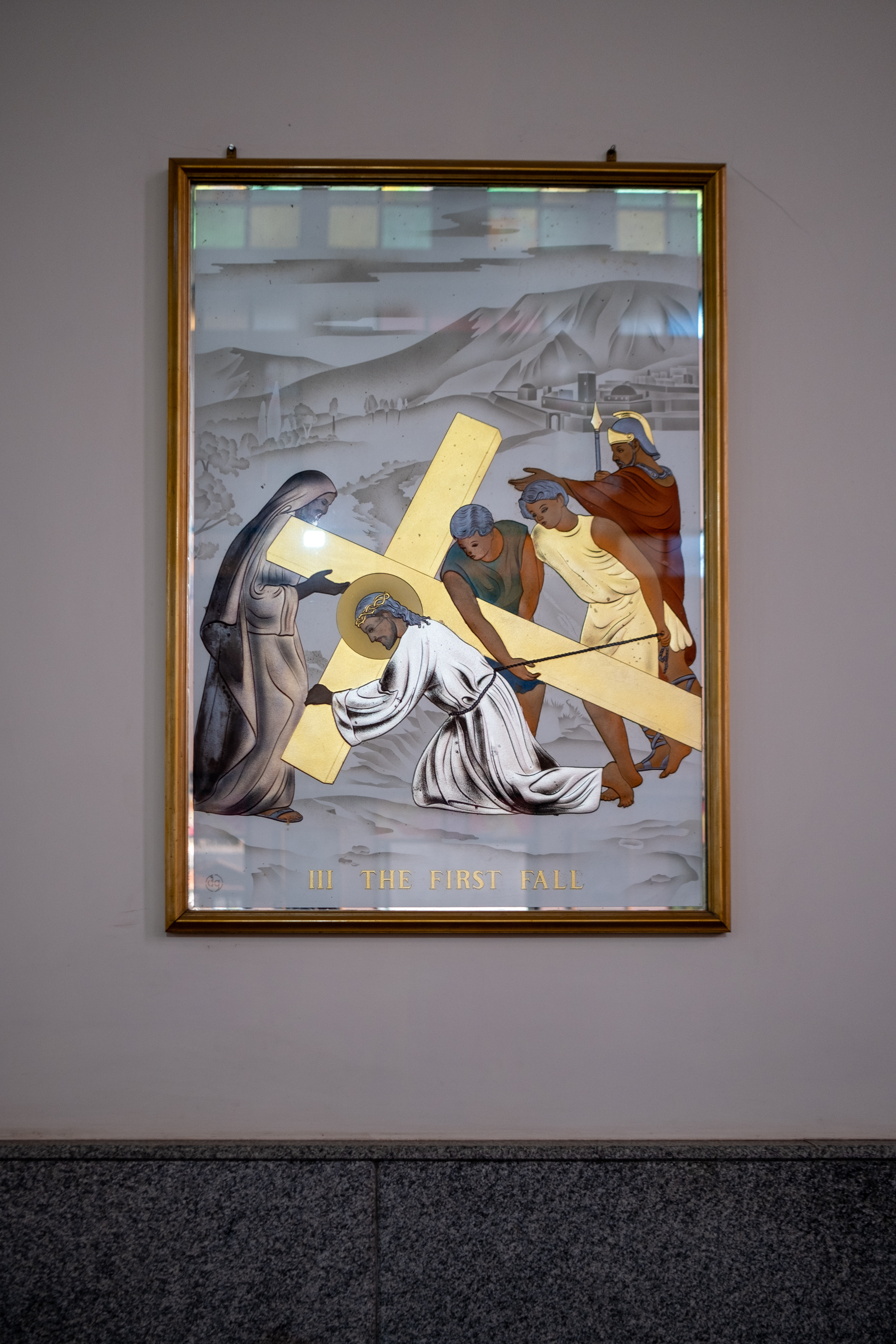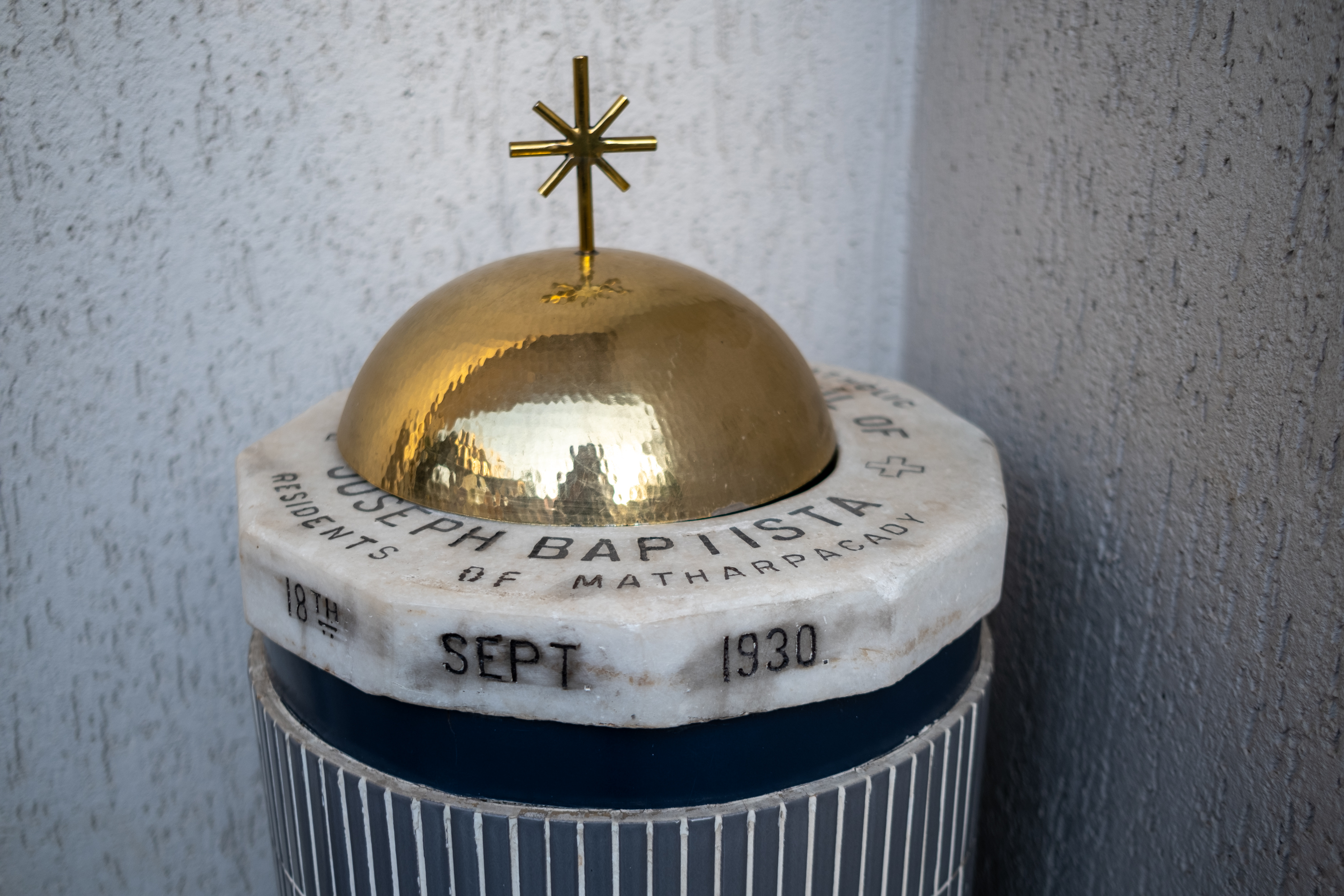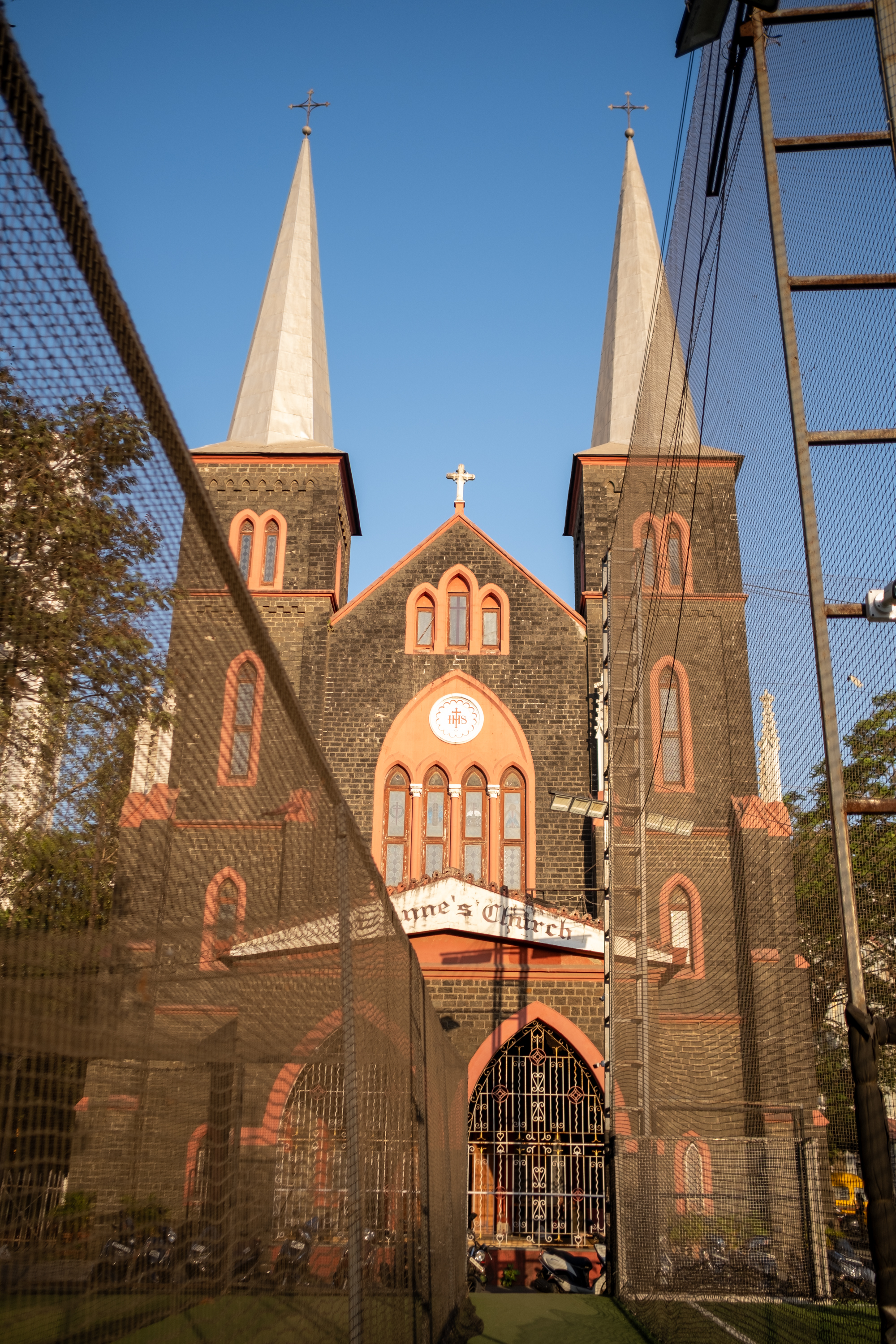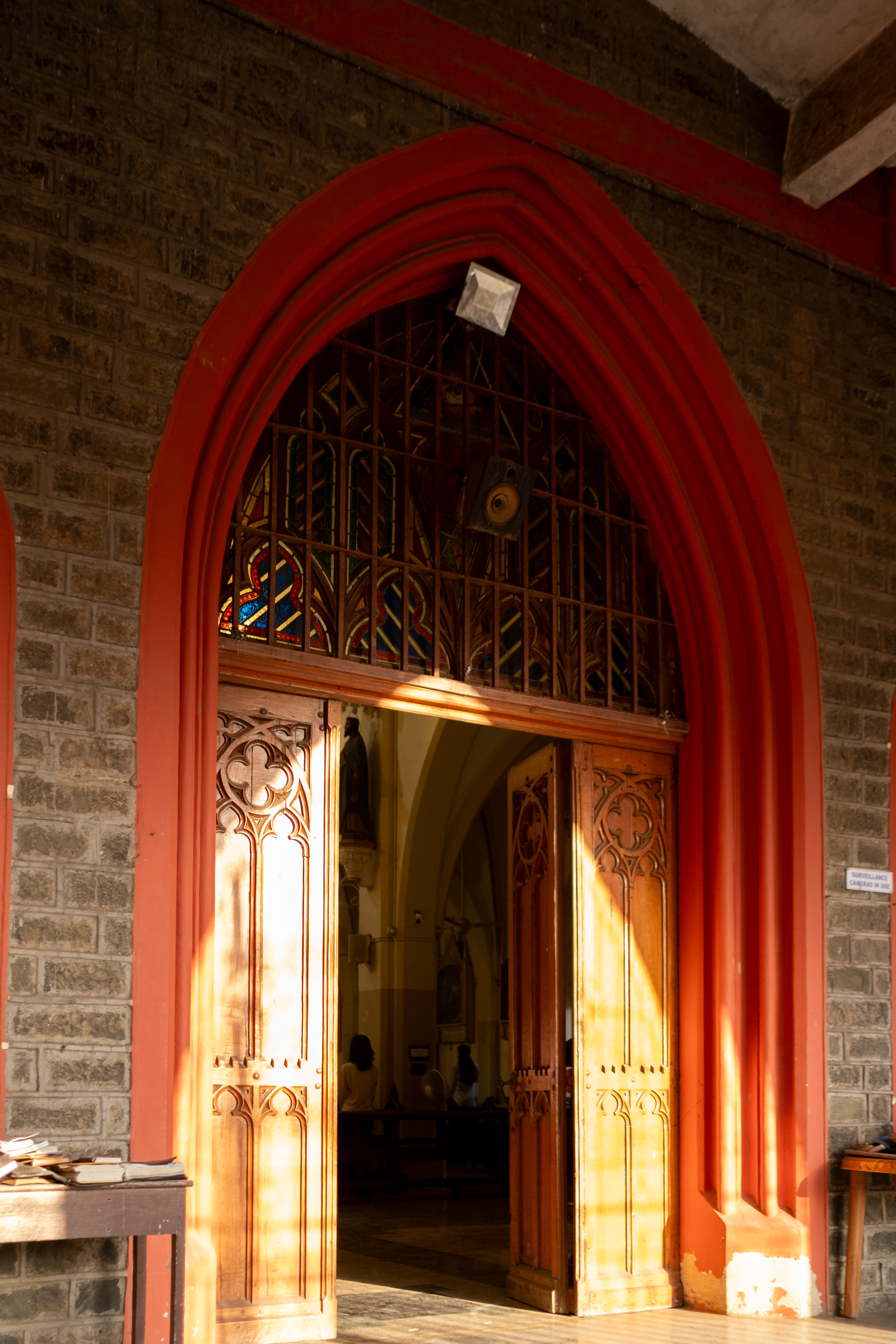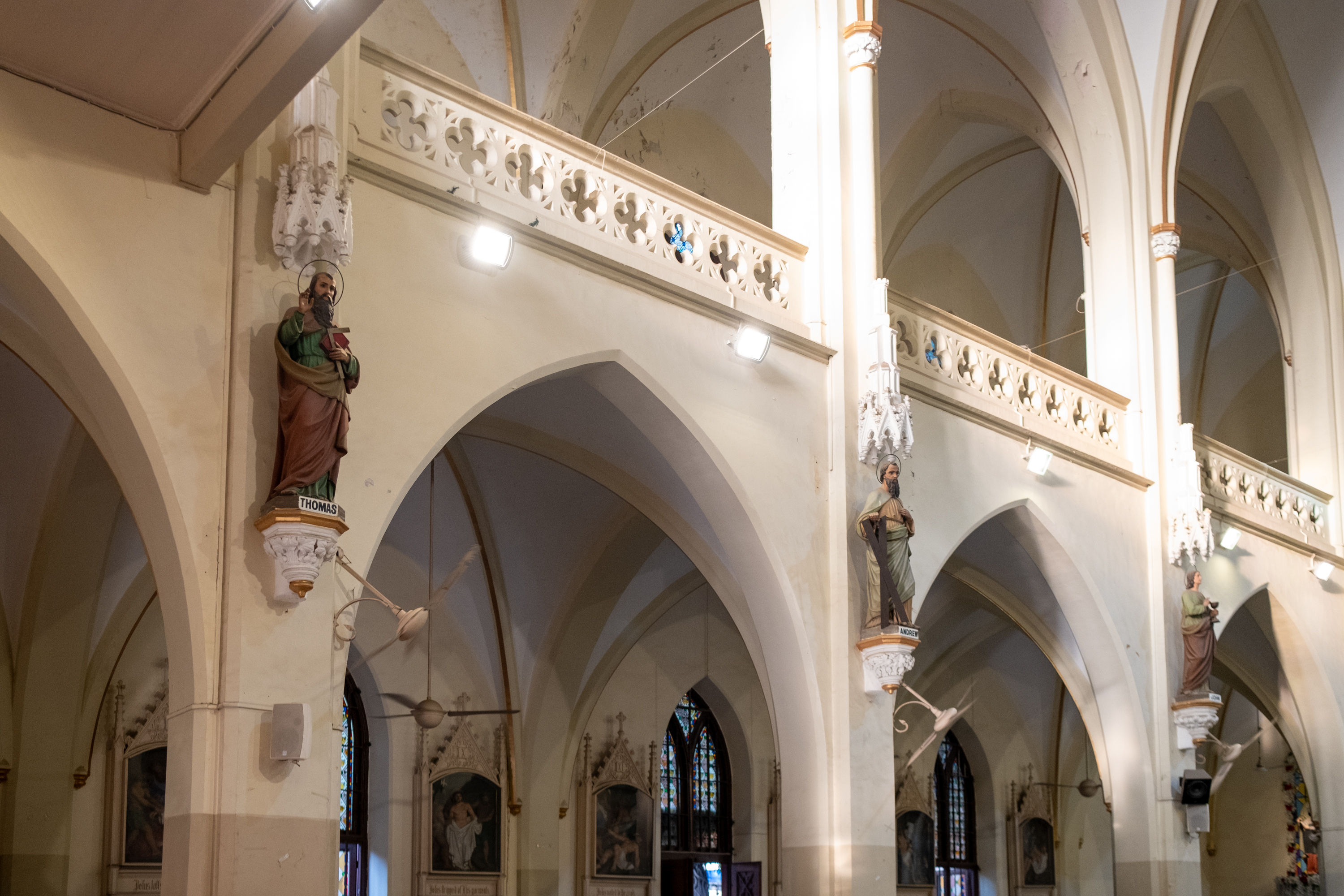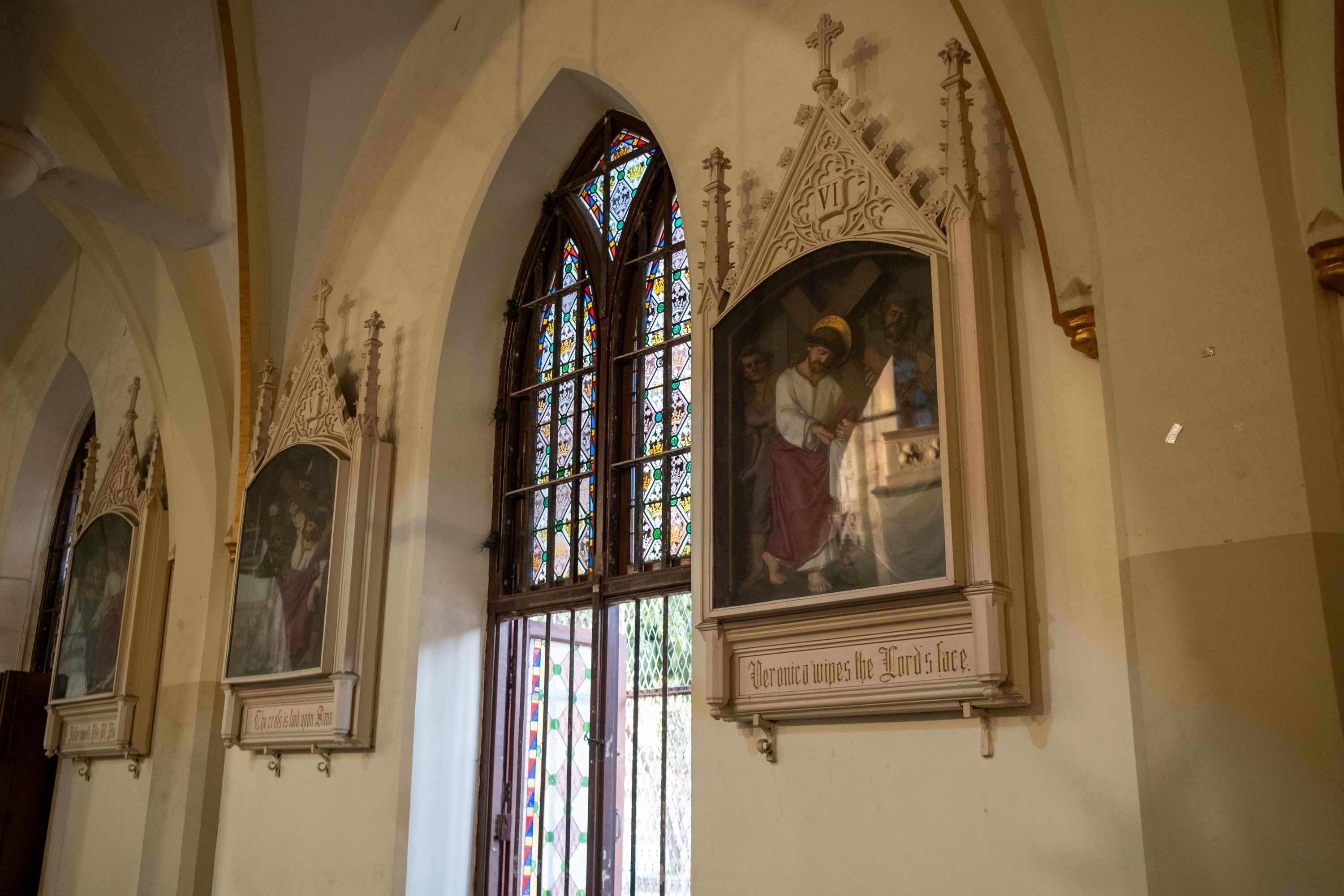The Establishment of Roman Catholicism in Portuguese Mazagaon
The Portuguese first set foot on the Indian subcontinent in 1498, with Vasco da Gama's arrival at Calicut. In 1508, the Portuguese explorer Francisco de Almeida claimed the seven islands of Mumbai as part of the Portuguese Empire. In 1534, the Sultan of Gujarat officially ceded the islands to the Portuguese through the Treaty of Bassein. With their overwhelming naval and military superiority, the Portuguese monopolized trade in spices, silk, and other valuable commodities in India and controlled the maritime trade routes in the Persian Gulf, Arabian Sea, and Indian Ocean.
A few years before da Gama’s arrival, Genoan explorer and navigator Christopher Columbus made landfall in the Caribbean on October 12, 1492, beginning a period of European conquest and colonisation of the Americas (New World) and the Caribbean Islands. The Pope issued a series of papal bulls (a type of sealed public decree), which provided religious and legal legitimacy for the actions of European powers, particularly Spain and Portugal, as they sought to conquer territories across the Americas, Asia, and Africa. Missionaries were sent to the New World with the objective to spread Christianity. The Catholic Church saw colonisation as an opportunity to convert indigenous populations to Catholicism, viewing it as a moral and religious duty.
Missionaries learned local languages and established schools and seminaries to train the clergy and adapt them to local contexts. Though they didn’t have the power to govern, they wielded considerable influence over colonial administrations. Missionaries served as advisors to colonial officials, mediated disputes, and acted as intermediaries between colonizers and indigenous peoples. They built convents, chapels, and churches as part of an arrangement known as padroado (Portuguese for patronage) and governed them on behalf of the Portuguese monarch. Under padroado, the Portuguese Crown had the right to establish dioceses, finance missionary activities, build and maintain churches, and oversee ecclesiastical appointments in their colonies.
Over the 16th century, as Portugal established colonies in India, China, Sri Lanka, and Southeast Asia, the missionary orders active in these regions were the Jesuits, Augustinians, Dominicans, and Franciscans. In Mumbai, the Franciscan missionaries built a church on Mazagaon Island and dedicated it to Our Lady of Glory (Nossa Senhora de Glória). Lionel de Souza de Lima's family endowed it in 1632, with the condition that they would manage it forever. Lionel de Souza had inherited Mazagaon from his father-in-law, Antonio Pessoa, the first Portuguese lessee of the island. The church underwent several expansions and rebuilds to accommodate the growing congregation.
In 1908, the government published a notice in its Gazette stating that the land on which the Gloria Church stood was to be acquired under the compulsory Acquisition Act for the proposed Bombay Port Trust Railway. After negotiations with the Port Trust authorities, the Diocese accepted two lakh rupees in compensation and handed over the site to the Port Trust. The old church was demolished, and land for a new church was secured at Byculla. His Excellency Dom Matheus d'Oliveria Xavier, the Archbishop of Goa and Patriarch of the East Indies, laid the foundation stone on January 29, 1911. By the end of 1912, the construction of the new Gloria Church was complete, and it opened in 1913. Interestingly, despite being under padroado jurisdiction, the church was not reconstructed in the traditional Portuguese style. Instead, it was built in the neo-Gothic style, which was popular in Mumbai at the beginning of the 20th century.
Other wealthy landowners in Mazagaon also patronized chapels. In 1787, Rose Nesbit, an Armenian lady who lived on a vast estate on Mazagaon Island, built a private chapel for her family and named it Igreja da Senhora Santa Anna. Carmelite priests served the chapel, followed by the Capuchins and the Jesuits, who took over the chapel in 1858. They expanded it and renamed it Saint Anne's Church. In 1795, Rose Nesbit passed away and was laid to rest at the site of Our Lady of the Rosary Church on Dockyard Road. Her descendants donated the vast estate to the Jesuits to set up a school, orphanage, and a new church on the site of the former chapel. The Jesuits laid the foundation stone in April 1880 and consecrated the current St Anne’s Church on November 6, 1881.
However, by the 17th century, Portuguese power was waning, particularly in regions where other European powers, such as the English, French and Dutch, were active. It was becoming increasingly difficult for the Portuguese Crown to send missionaries to its far-flung colonies. To counter this, in 1622, Pope Gregory XV established the Sacred Congregation for the Propagation of the Faith (Sacra Congregatio de Propaganda Fide), commonly known as propaganda. The aim was to centralise and coordinate the Church’s missionary efforts globally, independent of colonial powers like Portugal. The Holy See began sending Vicars-Apostolic (representing the propaganda) to preach in non-Catholic countries independently of Portugal.
Meanwhile, in India, a change in patronage became inevitable when the Portuguese ceded the islands of Mumbai to the English Crown in 1661, as part of Catherine of Braganza's marriage dowry. The English Crown, in turn, leased the islands to the East India Company (EIC). The EIC gave the Vicar-Apostolic jurisdiction over the Catholic population in the Mumbai region and surrounding areas. The Vicar-Apostolic of Bombay guided the establishment of numerous churches and schools to cater to the local Catholic population. However, the establishment of propaganda created a parallel authority structure that often conflicted with the padroado system. The double jurisdiction created a dual set-up that led to years of conflict and division within the church, culminating in March 1794, when the padroado and propaganda factions divided Mumbai's churches.
Until 1794, de Lima family descendants had patronised Gloria Church, the only church in Mazagaon. In 1794, the padroado seized control of Gloria Church and Sir Michael de Lima denied entry to the native Kolis, who comprised most of the congregation. The indignant Kolis petitioned the EIC Governor in April of that year to allow them to remain under the Vicar-Apostolic of Bombay and have their separate church. The governor accepted their request and provided land to build a new church a few metres away from Gloria Church. In 1794, this new church was consecrated by Our Lady of the Rosary, and a boundary wall was added in 1899. The old church was comparatively smaller and could not accommodate the growing number of parishioners. The church underwent further extension between 1924 and 1925 to give it a modern look. In 1794, the Gloria Church became the main church of the padroado in Mumbai, under Goa's jurisdiction. The present Gloria Church celebrated its centenary in 2013.
The year of consecration of Our Lady of the Rosary Church on Dockyard Road, Mazagaon, is inscribed on the outer wall. In 1794, this new church was built a few metres away from the old Gloria Church, which till 1794 was the only church in Mazagaon.
A boundary wall was added to Our Lady of the Rosary Church in 1899. The year is inscribed on the boundary wall.
The wrought iron grilles on the boundary wall were installed in 1860 with the marking NRS, which stands for Nossa Senhora do Rosario, or “Our Lady of the Rosary”.
Between 1924-25, the church was extended to accommodate the increasing number of people. The church was completely remodelled during the Vicarship of Msgr. Stanislaus Pereira to give it a modern appearance.
The dimension and height of the church was increased to make space for large congregations. It is said that the ceiling of the church was elevated in order to construct a balcony with benches for parishioners. However, due to insufficient funds, this was left undone.
During the vicarship of Stanislaus Pereira (1953-1974), Our Lady of the Rosary church underwent a comprehensive interior and exterior refurbishment to give it a more contemporary look.
The panel above the altar at Our Lady of the Rosary church features a copy of Leonardo da Vinci's "The Last Supper" mural, which was created between 1495 and 1498 and kept in the refectory of the Convent of Santa Maria delle Grazie in Milan, Italy. The painting represents the scene of the Last Supper of Jesus with the Twelve Apostles, as told in the Gospel of John.
Our Lady of the Rosary church features Stations of the Cross. The Stations of the Cross, also known as the Way of Sorrows or the Via Crucis, are a series of scenes depicting Jesus Christ on the day of his crucifixion. The Stations of the Cross are tied to the Christian themes of repentance and mortification of the flesh.
Our Lady of the Rosary baptism well is dedicated to Joseph Baptista, who was born in Matharpacady, on January 4, 1864. Baptista was a fervent nationalist who studied law to qualify as a barrister. He was an Indian National Congress (INC) member who, via his writings, speeches, and political engagement, significantly contributed to the mobilisation of public opinion in support of Indian Home Rule.
Saint Annes Church in Mazagaon showcases pointed arches, ribbed vaults, and lofty spires, all hallmarks of the neo-Gothic style. The cornerstone was set on April 10, 1880, and on November 6, 1881, Bombay Bishop Meurin dedicated it.
St. Anne’s Church was built on the site of a chapel constructed in 1787 by Rose Nesbit, an Armenian lady. The chapel built by the Nesbit family was called Igreja da Senhora Santa Anna, named after the mother of Mary. In the 19th century, the Jesuits renamed it Saint Anne’s Church.
St. Anne’s Church has stained glass windows depicting prominent themes from Christianity. The window in the centre depicts the Ascension of Jesus; the window on the right depicts the Descent of the Holy Spirit; and the one on the left depicts the Coronation of Our Blessed Lady and the Glory of All the Saints.
On July 31st, 1887, coinciding with the Feast of Saint Ignatius Loyola, the founder of the Jesuits, Saint Annes was formally recognized as a parish. Saint Anne is traditionally believed to be the mother of the Virgin Mary, and thus the grandmother of Jesus.
The stations at St. Annes Church represent the route along Via Dolorosa taken by Jesus to reach Mount Calvary, the site of his crucifixion. Commonly, a series of 14 images will be arranged in numbered order along a path, along which worshippers—individually or in a procession—move in order, stopping at each station to say prayers and engage in reflections associated with that station.
